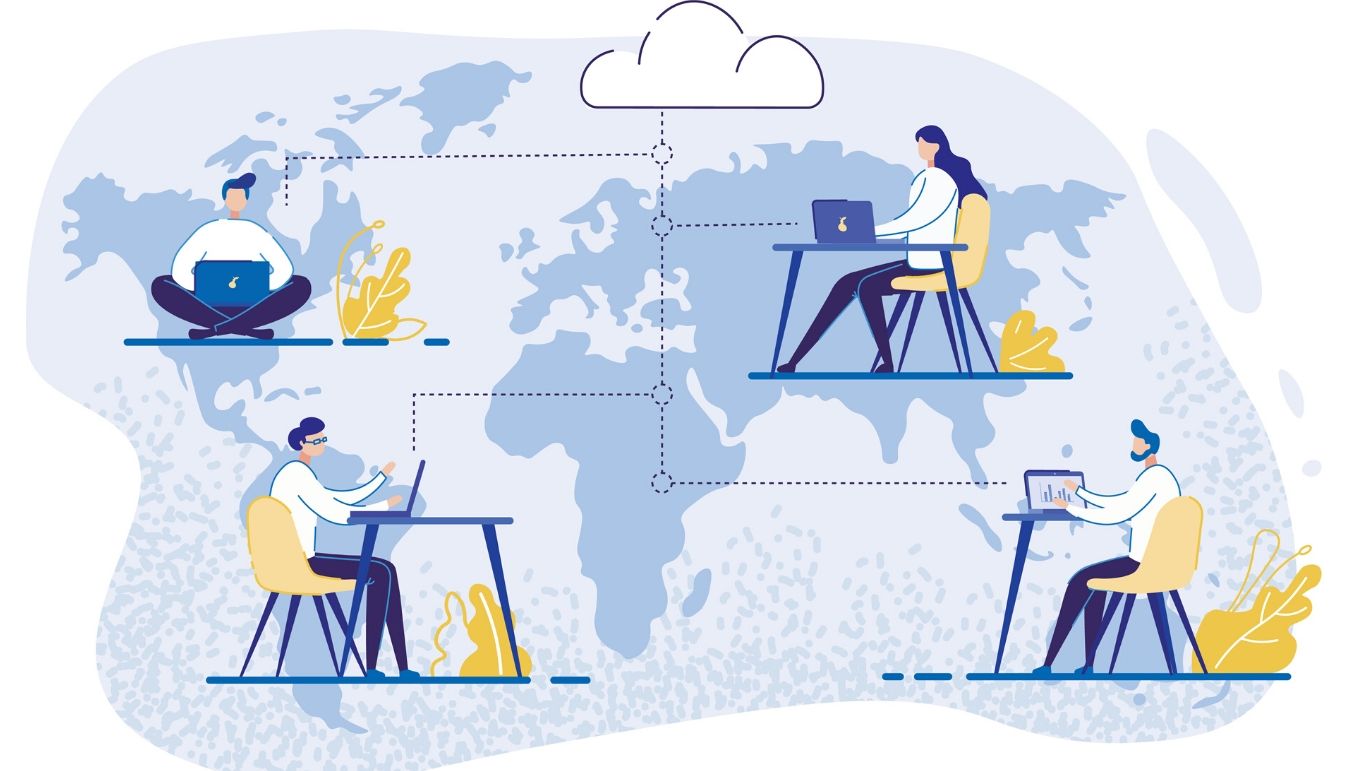 David Meza is the Chief Knowledge Architect at NASA’s Johnson Space Centre. With a background in computer and information sciences, Meza has held various roles at NASA for more than 20 years, from IT management to workspace engineer, overseeing 12,000 computer systems at the Johnson Space Centre (JSC).
David Meza is the Chief Knowledge Architect at NASA’s Johnson Space Centre. With a background in computer and information sciences, Meza has held various roles at NASA for more than 20 years, from IT management to workspace engineer, overseeing 12,000 computer systems at the Johnson Space Centre (JSC).
 Olfa Hamdi is the co-founder of Concord® Project Technologies and the founding executive director of the Institute for Advanced Work Packaging. She was a member of the CII research team that produced IR-272, and is now leading the movement for predictable, integrated, technology-driven capital projects management.
Olfa Hamdi is the co-founder of Concord® Project Technologies and the founding executive director of the Institute for Advanced Work Packaging. She was a member of the CII research team that produced IR-272, and is now leading the movement for predictable, integrated, technology-driven capital projects management.
Tips and tools for capital project teams working together online due to the COVID-19 pandemic
The global COVID-19 pandemic has had an unprecedented impact on the capital projects industry, and it has caused enormous upheaval in our daily working lives. In addition to impacting personal productivity, the dramatic shift from office-based to universal remote work has eroded workflows, disrupted established systems, and compromised the capture of critical information and project documentation.
In this article, we’ll offer concrete, practical ideas for better capital project knowledge management in these extraordinary times. These tips and tactics can be used by everyone involved in capital projects, from construction and project managers to engineers, executives, and Owners.
The emphasis here is on communication: while working remotely, team members need a virtual space where they can congregate, share information, ask questions and solve problems.
David Meza Tweet
1 | Establish a daily work journal
You can substantially mitigate the impact of disrupted work systems by maintaining a personal daily work journal. Ideally, your organization will provide some form of shared storage capacity — a wiki, or OneNote, for example — but even if it doesn’t, you can do this on your own.
The goal is to establish a record of your work and to capture information about the project. This can be shared with others and used as a point of reference as your team adjusts to new remote practices and protocols. It is a simple, effective backstop that will help you and your team to confidently bridge the gap between old and new work systems.
2 | Establish Communities of Practice
One of the most important things you can do for yourself and your team is to establish an online space for each Community of Practice. This can be done on a collaborative platform or in a knowledge base wiki. Regardless of the tool you choose, the overarching objective is simple: provide a place where people in each Community of Practice can store, share, and discuss key information, documentation, and deliverables.
The emphasis here is on communication: while working remotely, team members need a virtual space where they can congregate, share information, ask questions and solve problems. An office environment provides people with an opportunity to ask for information, resources, or help in-person; remote work requires a similar space where people can engage in the same kind of critical communication. A side benefit of online communication is the transparent, digital footprint, which makes conversations visible to managers and colleagues across the organization.
3 | Build A GPS To Navigate Your Knowledge and Information
Disciplined collaboration on capital projects requires a well-thought-out system for navigating stored information about the project. We call this your GPS, and a documented system helps team members find, access and use the information they need. A standard taxonomy improves efficiency for office-based teams, but it is absolutely critical in a world where remote collaboration is a given.
A solid GPS always starts with an intuitive work-breakdown structure (WBS) that is easy to understand and helps those involved in the project to see where their work fits into the larger whole. There’s no standard WBS, all industries and projects are different, but all capital project teams should have a reasonably intuitive and easy-to-understand WBS that can translate into a functioning knowledge management GPS.
Pro Tip: Teams who are shutting down projects as a result of the pandemic should pay special attention to documenting the WBS and related GPS. By collecting and storing mission-critical data in a standardized way, you’re helping future teams pick up where you’re leaving off. While this may not immediately benefit you, your team or your organization, consider the possibility that right now, another team is busy shutting down another project that you will be working on two, five or 10 years from now. Wouldn’t it be nice if they provided a GPS for their data?
4 | Put all your project data in one place
Data is quickly becoming the most important asset of an organization, and having a good plan for that data is essential. The importance of a centralized repository cannot be overstated. Modern capital projects generate millions of data points, sheets, documents and other digital deliverables. In the absence of a formal data retention system, you’ll invariably end up with essential information sitting on the servers of multiple organizations. It was important to centralize your data when people were working face-to-face; now, it is mission-critical.
5 | Establish a Master Data Management Plan (MDMP)
If your data is all stored in one place and you’ve got a detailed system for navigating that data, you’re halfway to a Master Data Management Plan (MDMP).
In addition to detailing where to store it and how to search it, your MDMP helps teams understand what data to store, how to store it (naming conventions, formatting) plus when and why it should be stored. Most MDMPs also include a data dictionary, to ensure that everybody is using the same words to refer to the same data. In effect, an MDMP establishes a single source of truth (SSOT) for project knowledge management.
The primary goal here is straightforward: Make sure your team knows what data is important enough to keep, and how it should be stored so that it is findable and readable by others. This not only helps remote teams operate more efficiently, but it supports high-quality analysis of the data and sets the stage for improved collaboration through mergers and acquisitions.
6 | Consider leveraging video and audio
Many cutting-edge companies have started recording and storing meetings and other collaborations in audio and digital formats. Improved audio-to-text transcriptions and sophisticated automated search capabilities make these formats more accessible than ever. Rather than searching through documents, users are able to search audio and video recordings and get almost-instant access to verbal insight and instruction from leaders, managers, and colleagues.
It is imperative the capital project leaders put in place a conscious plan for managing and enhancing collaboration during the COVID-19 pandemic. Ideally, your CIO should be in a position to define, introduce and encourage one or all of these options, in a way that is supportive and productive for your unique organization. If you are looking for assistance in making that transition, contact Concord® today.





